PROTECT YOUR DNA WITH QUANTUM TECHNOLOGY
Orgo-Life the new way to the future Advertising by AdpathwayNot all hydrangeas change colors. Color-changing hydrangeas are either bigleaf or mountain hydrangeas, and they typically change from pink to purple, then blue. The color of the flowers shifts depending on the pH of the soil.
Strongly acidic soils with a pH of 5.5 or lower will cause hydrangeas to bloom blue. Purple colors are common when the pH is between 5.5 and 7.0, and red or pink colors emerge when it’s at 7.0 or higher. For a specific color, you’ll need to amend the soil so it’s acidic for blue hues, or neutral and alkaline for pink ones.
Though many guides claim you can use hacks like adding pennies or old rusty nails, science doesn’t prove these claims. Instead of cutting corners, try these tried and tested strategies to keep your hydrangeas blue.
It’s not difficult to keep hydrangeas blue; it just takes time. The color shifts because of how much aluminum your hydrangea can access. Aluminum is more readily accessible in acidic soils than alkaline ones, hence the blue color.
Endless Summer® Hydrangea
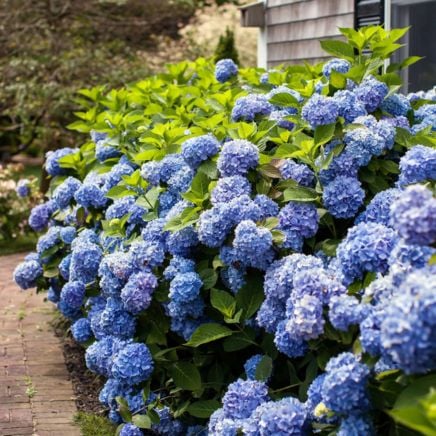
Endless Summer® Hydrangea
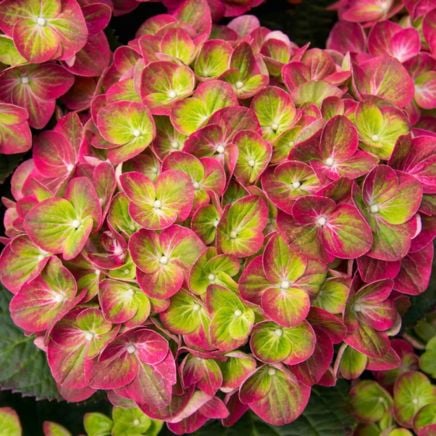
Botanical Art Notecard Set
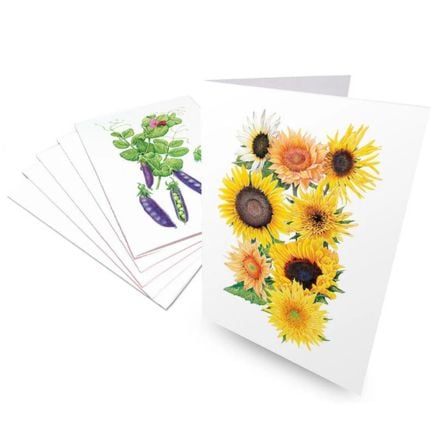
Botanical Art Notecard Set
Add Garden Sulfur
 This amendment shifts the soil pH over time.
This amendment shifts the soil pH over time. Garden sulfur is an amendment that works over time to shift the pH. It acidifies the soil, turning it acidic as it breaks down. Most garden sulfur products are a combination of calcium and sulfur.
Apply a half cup of garden sulfur for every ten square feet of space, and water the amendment so it mixes in with the ground. You’ll need to do this way ahead of the bloom period, when the buds are developing. It can take a year for the sulfur to work.
Already opened flowers won’t change colors, unfortunately. If you’re unsure if the amendment is working, use a soil test to determine the pH. Use the tests as often as necessary to verify that the hydrangea’s soil is becoming more acidic with the amendments.
Use Aluminum Sulfate
 Mix with water before adding to the soil.
Mix with water before adding to the soil. A quicker-working fix takes the form of aluminum sulfate. Simply mix the element with water, and drench the soil to apply it. This liquid solution works quickly, and it needs less time to break down than garden sulfur.
For proper dosing, use one tablespoon of aluminum sulfate powder for every gallon of water. Mix the two thoroughly, and apply the resulting solution all over the soil around your hydrangeas. If any of it gets on the leaves, use pure water to wash it off.
Though this method is quick-working, it’s still beneficial to apply it well ahead of the bloom period. Shifting the pH takes time, and your hydrangea may undergo a year or two of murky purples in between pink and blue.
Apply Special Fertilizer
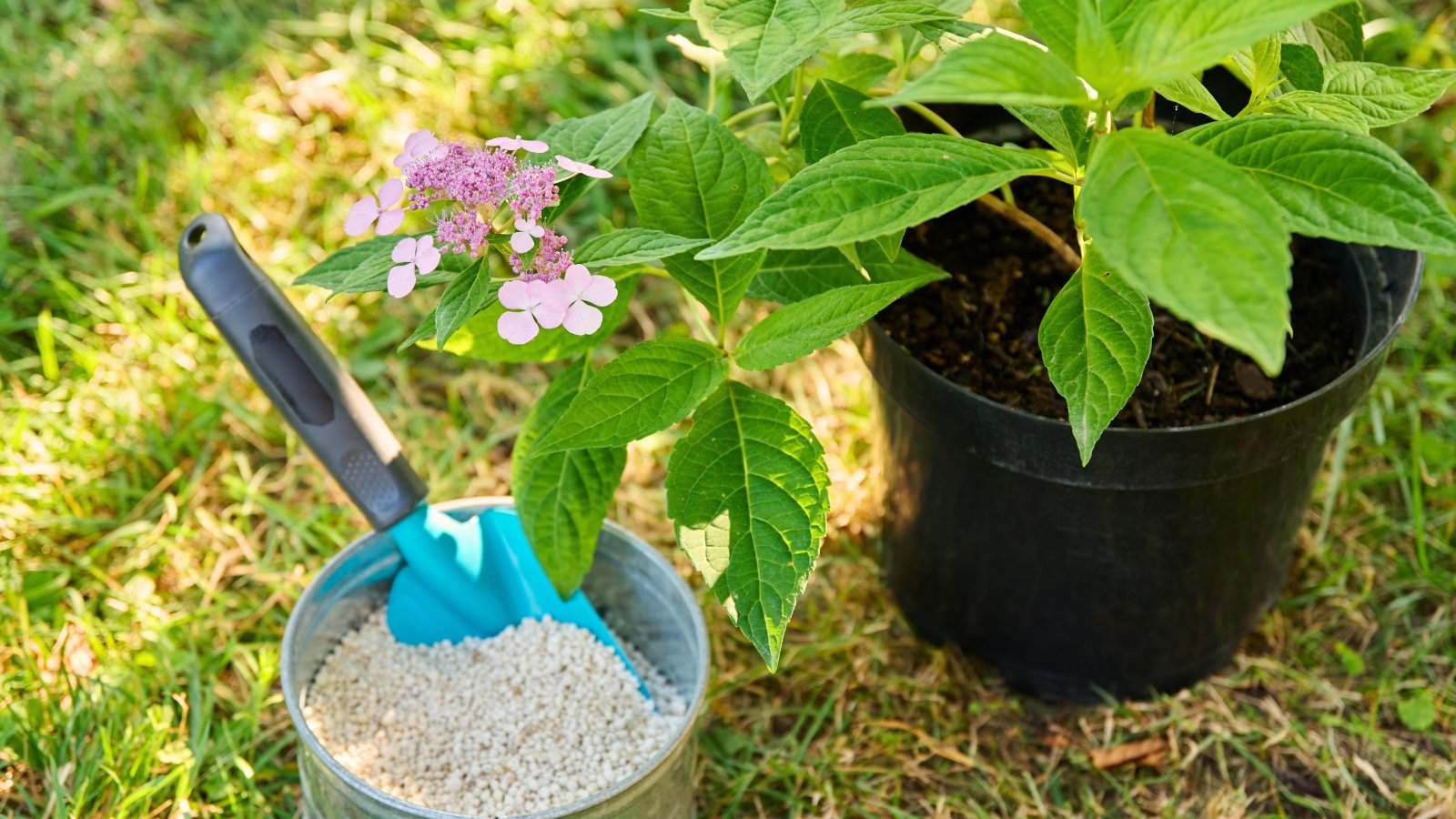 Certain fertilizers are designed to adjust soil pH to keep your hydrangea blue.
Certain fertilizers are designed to adjust soil pH to keep your hydrangea blue. If your soil is poor in nutrients, you can fertilize the hydrangeas with an acidic fertilizer that’ll keep the flowers blue. Many products combine fertilizing and pH shifting into one for a convenient and economical amendment.
If you’re struggling to find a hydrangea-specific fertilizer, use one that’s for blueberries or rhododendrons instead. It’ll have the same nutrients that hydrangeas need. Apply the fertilizer according to the package’s instructions, and do so during the growing season ahead of next year’s flowering period.
Overfertilizing is a concern, and it’s easy to do with synthetic fertilizers. Use organic amendments, as they take longer to break down and they help, not harm, the soil’s underground ecosystem. Synthetic, salt-based fertilizers strip the ground of microbial life, while organic ones feed the microbes.
Blend Compost with the Soil
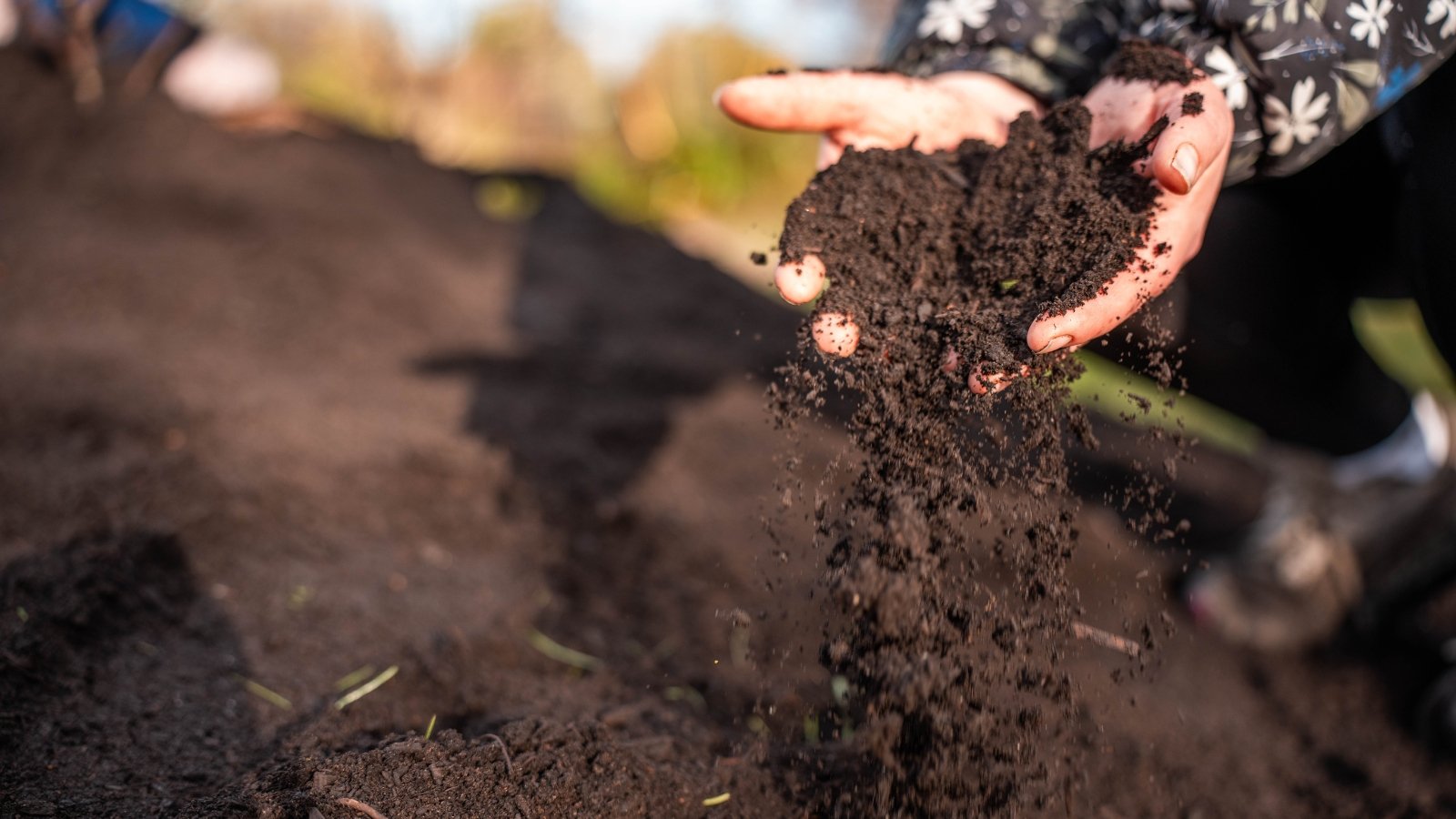 Adding compost improves soil structure and ensures other amendments work effectively.
Adding compost improves soil structure and ensures other amendments work effectively. Compost doesn’t directly make the soil more acidic. It buffers the soil, which helps the other amendments work better when you apply them. It’ll boost your hydrangeas and keep them happy and healthy so they respond well to treatments.
Add compost in a layer two to three inches thick on top of the soil. Leave a gap between the compost and the hydrangeas’ trunks, and water it in well. If the layer depletes, top it up with another helping of fresh compost.
Not only does compost help the hydrangeas, but it also works to improve the soil’s ecosystem. Worms, fungi, bacteria, and insect larvae all thrive in compost-rich soils.
Avoid Using Coffee Grounds
 Grounds have little impact on the soil pH.
Grounds have little impact on the soil pH.Coffee grounds are a common hack in many guides. Coffee is acidic, so why not apply the used grounds as a soil acidifier? For one, used coffee grounds tend not to be acidic, and they have little effect on the pH of the soil.
To work, you’ll need to add fresh coffee grounds to the soil. Who would do that? I don’t know about you, but I’d rather brew a fresh cup of coffee than waste the grounds on my hydrangeas.
Instead of adding coffee grounds, use one of the above amendments. They’re guaranteed to work, albeit slowly. Changing the pH takes time, and there is no quick hack to keep hydrangeas blue.
Don’t Use Pine Needles
 As they break down, they become a neutral amendment.
As they break down, they become a neutral amendment. Pine needles are acidic, but they don’t acidify the soil. They turn neutral as they break down. Soil decomposing organisms convert the acidic needles to a neutral amendment that won’t keep the hydrangeas blue.
Adding pine needles won’t harm the garden, though, as they work like any other organic amendment to improve the soil. They’ll keep the ground in place, preventing erosion and sheltering underground critters. Use them like mulch, adding them in a layer two to three inches thick over the beds.
Grow Potted Hydrangeas
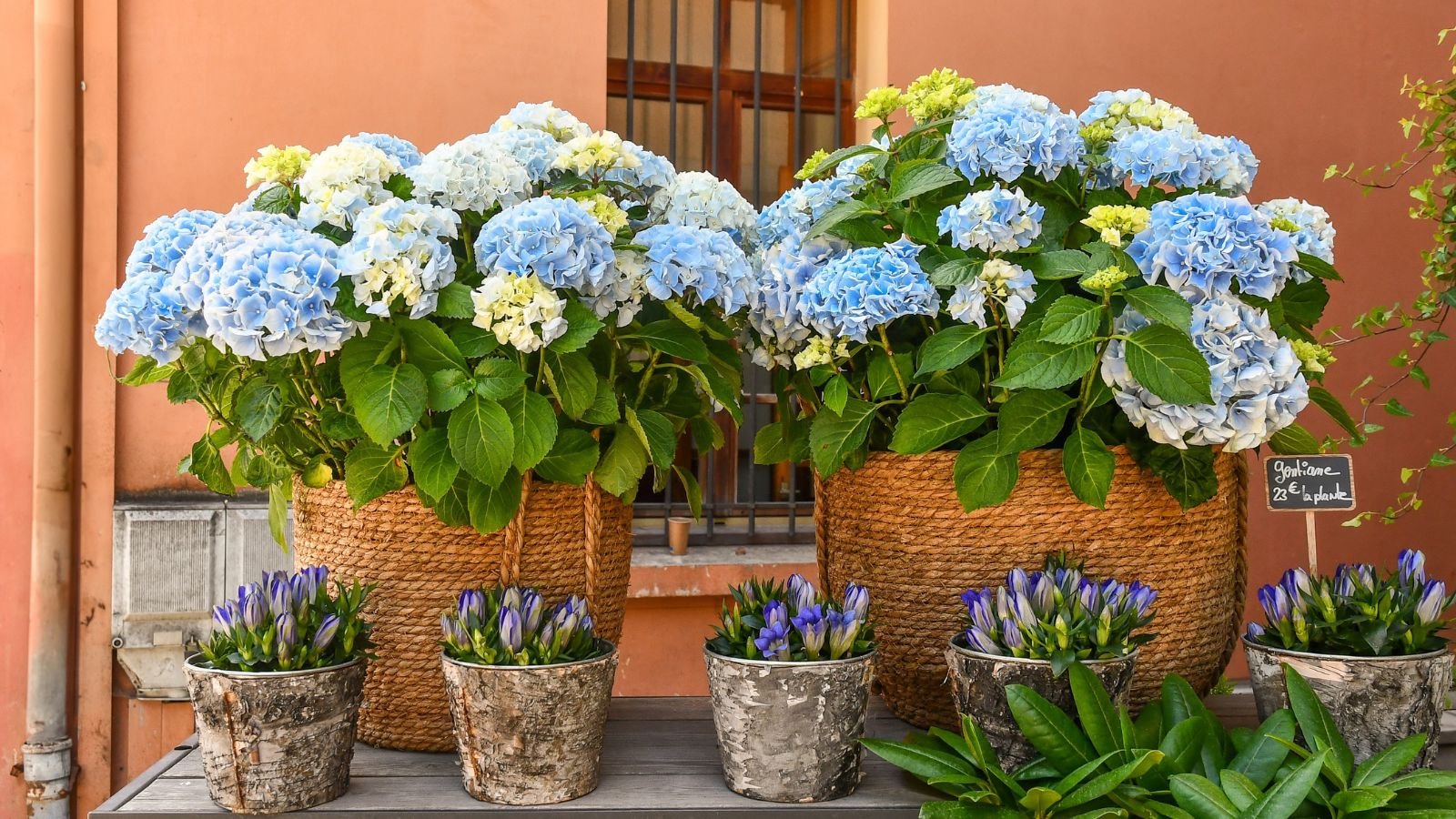 It’s easier to adjust the smaller soil volumes.
It’s easier to adjust the smaller soil volumes. If you’re struggling to keep the blooms blue on your hydrangeas, consider planting them in containers or planters instead of the ground. It’s easier to control the pH of the soil in containers than that of the ground. A small container will acidify more quickly than a large planter bed.
For potted plants, ensure you grow them in containers large enough for their roots. Use well-draining soil rich in nutrients, and add mulch on top after planting. Repot the hydrangeas every two to four years into larger containers to give their roots some room to grow.
Key Takeaways
- It’s not difficult to keep hydrangea flowers blue; it just takes time!
- Use garden sulfur for a slow-working fix, and apply aluminum sulfate with water as a quicker working solution.
- Skip hacks that use coffee, rusty nails, pennies, or pine needles. Stick to the additions that work!
- You may need to reapply soil acidifiers regularly in the future if you live in a region with naturally sandy or alkaline soil.
Frequently Asked Questions
Add compost regularly, and apply aluminum sulfate if the soil grows neutral or basic.
Add aluminum sulfate as a liquid solution, or use the powdery garden sulfur amendment.
Purple and blue hues are more common when the pH is between 5.5 and 7.0. If it’s any higher than 7.0, then they’ll turn pink or red.


 6 hours ago
2
6 hours ago
2
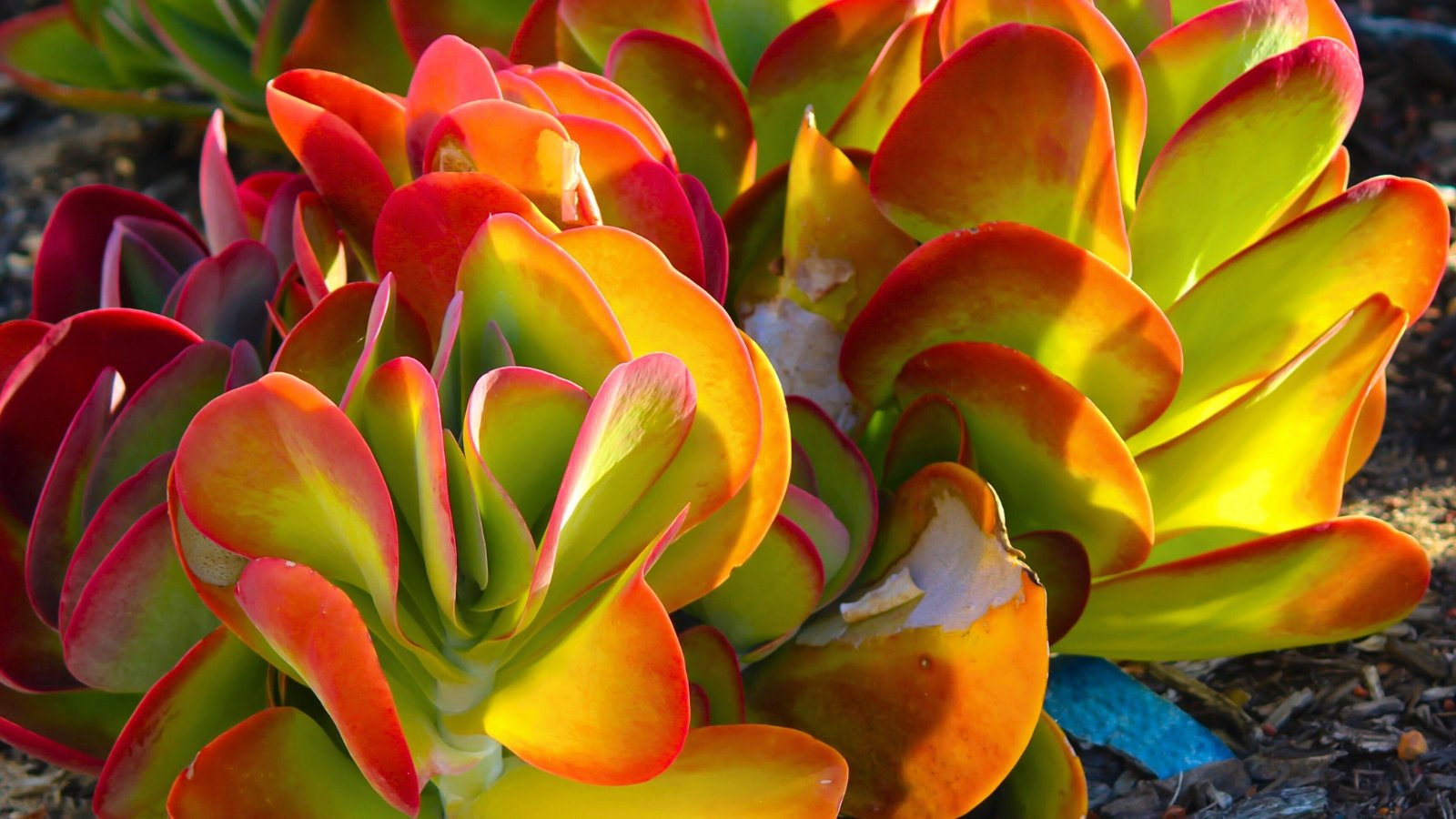
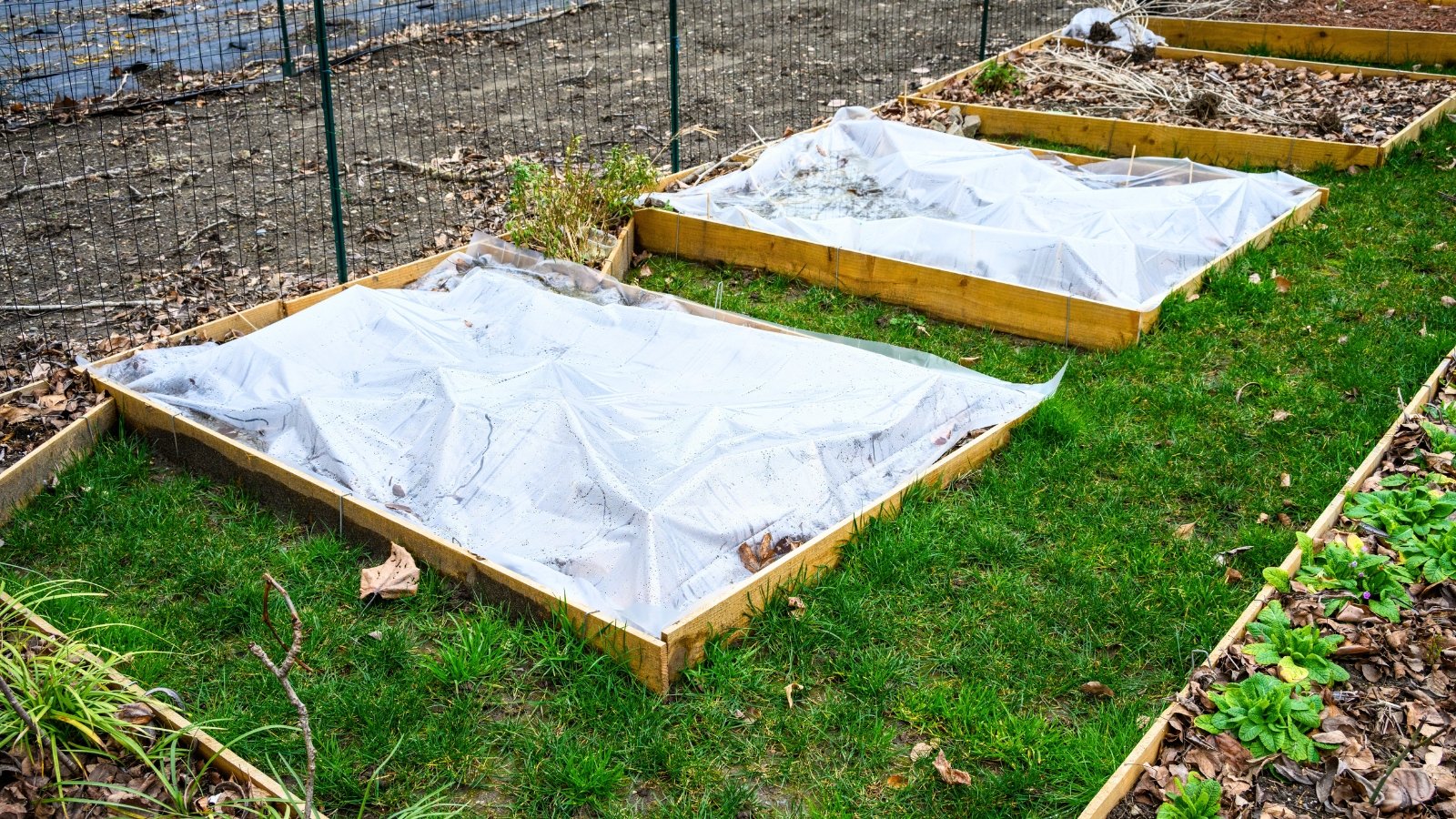
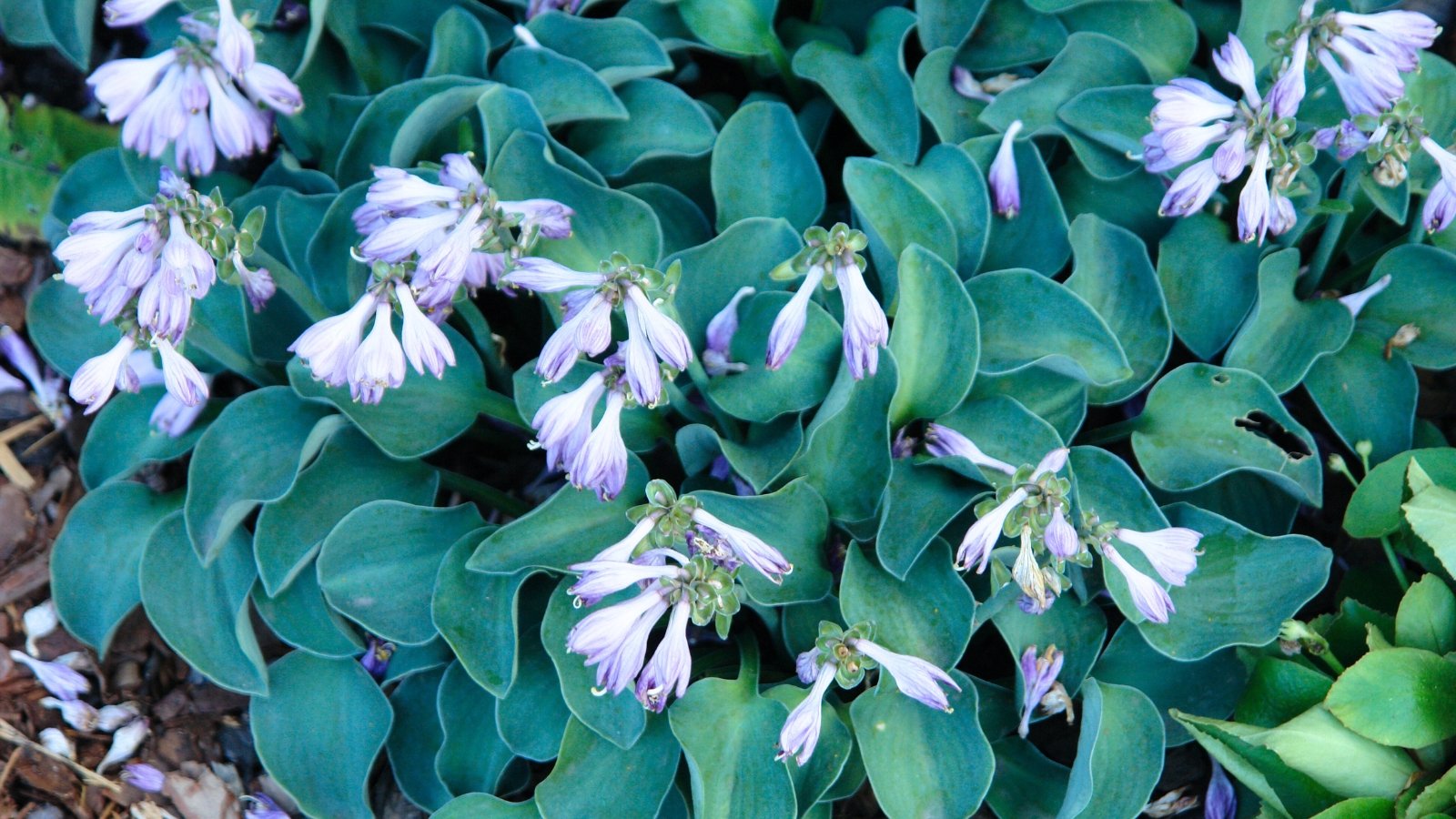


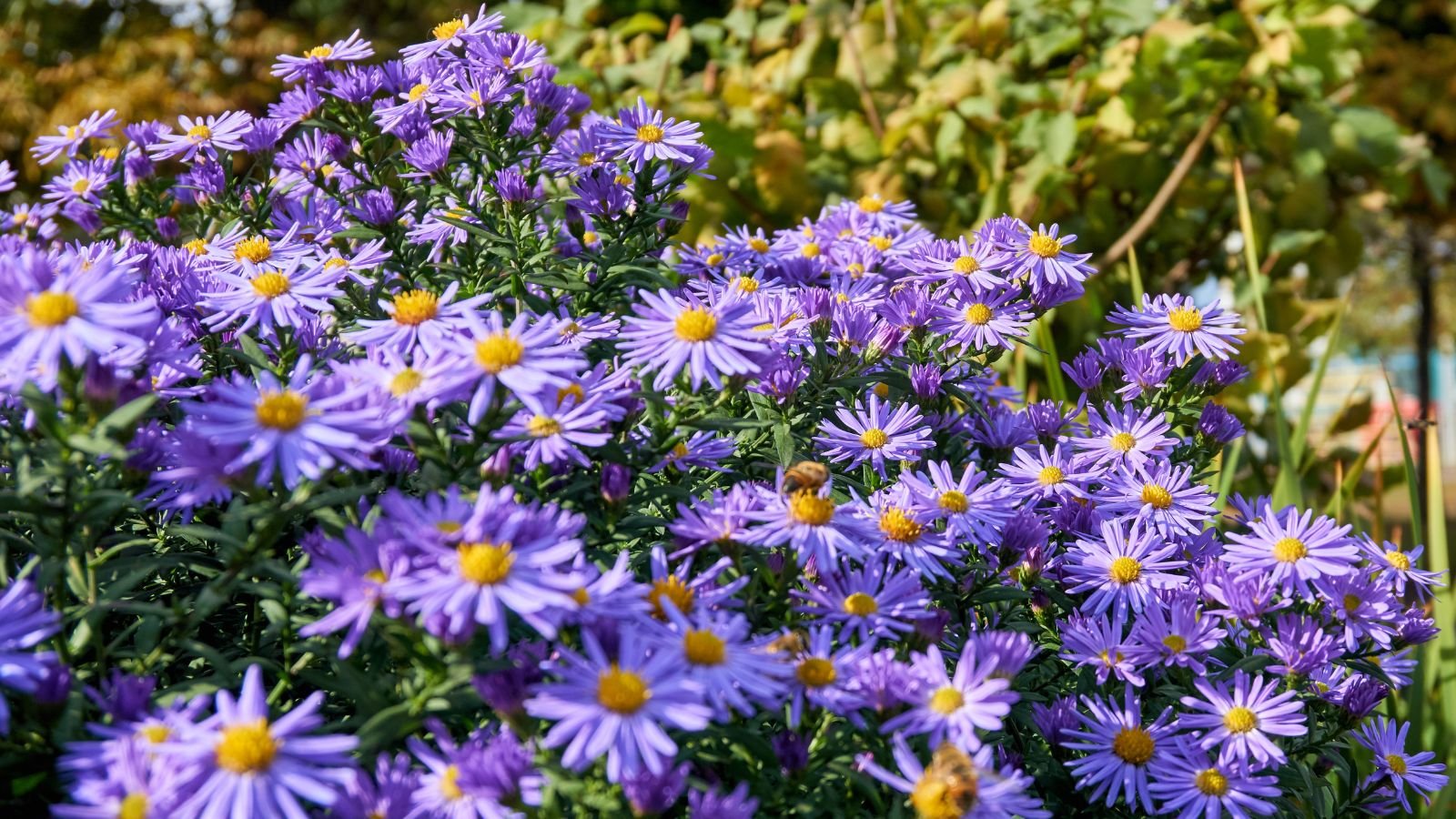















 English (US) ·
English (US) ·  French (CA) ·
French (CA) ·